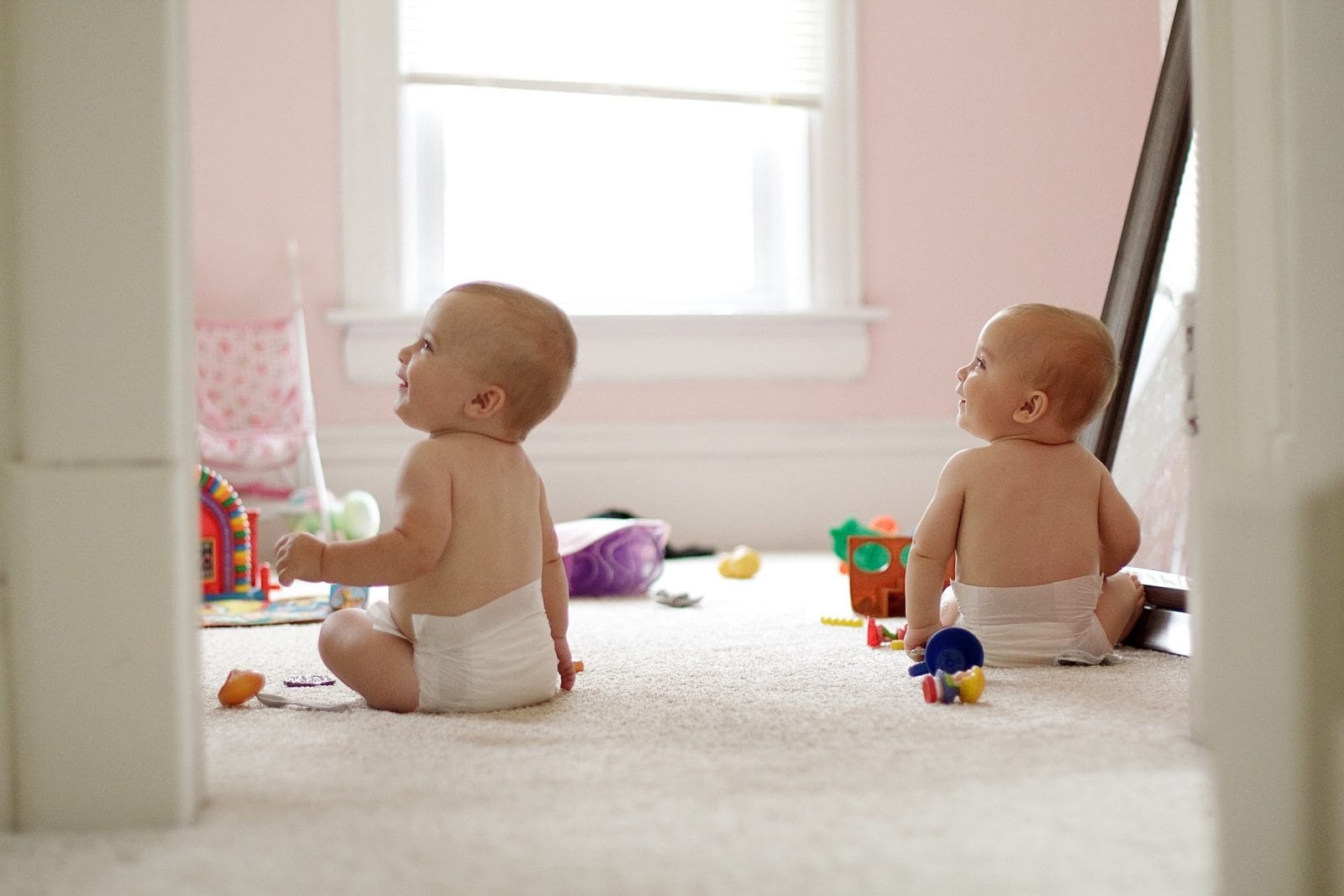Would it ever be possible to have universal childcare in the United States?

Finland does it.
Table of Contents
For so many parents, finding and funding childcare is a constant struggle. How would your life change if you didn’t have to worry about finding and paying for quality childcare? Would you go back to work? Work more hours? Or just take the four figures you’d save each month and pay off your student loans faster?
These hypothetical scenarios played in the minds of some American parents last night when—during the opening moments of the third Democratic debate—the Former United States Secretary of Housing and Urban Development, Julián Castro, called for a bold new vision for America that includes universal pre-K.
Some of his fellow presidential hopefuls agree that the time has come for better access to childcare and early childhood education in America.
Joe Biden also wants to see “high-quality, universal pre-K for all three- and four-year-olds“. Sen. Bernie Sanders says “states should receive funding for universal pre-kindergarten programs and full-day kindergarten.” Sen. Cory Booker says “the federal government should guarantee that all children have access to high-quality pre-K.” Andrew Yang, too says he will “create a plan for universal pre-kindergarten education.”
Meanwhile, Sen, Kamala Harris and Beto O’Rourke support the Child Care for Working Families Act (which would cap how much families are spending on childcare at 7% of household income), and Sen. Amy Klobuchar supports free universal pre-K for low-income families.
And of course, Senator Elizabeth Warren has her much-discussed plan for free or affordable “high-quality child care and early education for every child in America” which includes kids outside of the 3 and 4-year-old pre-K cohort. She’s looking to get free or affordable childcare for every kid in America, from birth to school age.
Universal pre-K and childcare will be a cornerstone of Warren’s campaign for 2020. It’s a lofty goal, but is it doable?
Supporters note it’s been done in other countries for decades. In Finland, for example, every child has had access to free universal day care since the early 1990s. Sweden, too, has been building its universal childcare system for decades.
Critics of Warren’s plan worry about the price tag and potential for ballooning bureaucracy, and some are concerned that subsidizing childcare could actually make it more expensive for those who have a government-funded spot, as it could result in fewer private childcare providers.
But subsidized childcare had lowered prices in other places. In Sweden, parents pay less than $140 USD to send children to preschool. In Finland, the cost per child varies by municipality, household income and family size. A parent on the lower end of the income spectrum might pay as little as the equivalent of $30 USD, and the maximum fee is about $330 a month.
But Finland’s population is on par with Minnesota’s. Sweden is comparable to Michigan.
So could the Nordic model scale to serve the hundreds of millions of families in America?
As Eeva Penttila, speaking as the head of international relations for Helsinki, Finland’s education department once told The Globe and Mail, “you can’t take one element out and transfer it to your own country. Education is the result of culture, history and the society of a nation.”
Right now America spends less on early childhood education than most other developed countries (only Turkey, Latvia, and Croatia spend less), but that wasn’t always the case. This nation does have a history of investing in childcare, if we look back far enough.
Back in World War II, when women needed to step into the workforce as men fought overseas, America invested in a network of childcare to the tune of $1 billion (adjusted to today’s money) and served hundreds of thousands of families in almost every state through center-based care. Parents paid between $0.50 and $0.75 per child per day (the equivalent of about $10 in today’s money).
So America does have a historical and cultural precedent, not to mention a current model of universal preschool that is working, right now, in the nation’s capital. In D.C. In Washington, D.C., 90% of 4-year-olds attend a full-day preschool program for free, according to the Center for American Progress. Seventy percent of 3-year-old are going too, and the program has increased the city’s maternal workforce participation rate by more than 10%.
It won’t happen overnight
While some American parents might be daydreaming of a life without a four-figure day care bill in 2020, the road to true universal childcare for all children in America would be a long one. Peter Moss, a researcher at the University of London’s Institute of Education, previously told The Globe and Mail it took Sweden “many years to get it right.”
Indeed, the 1990s saw long wait lists at Swedish day cares, but the growing pains of the ’90s paved the way for the enviable system Swedes enjoy today.
According to Moss, governments in other countries look at the Nordic model and “tend to say, ‘We can’t do that.’ But what they really mean is ‘We can’t suddenly do that.’ In other countries, they just don’t get to grips with what needs doing and actually plot a course.”
Maybe America’s starting point is found in its history books, or in the modern day preschools of the nation’s capital, or in the conversations happening between now and 2020. It doesn’t have to be Warren’s plan, but America does need a plan for safer, more affordable childcare.
[A version of this post was originally published February 21, 209. It has been updated.]






























